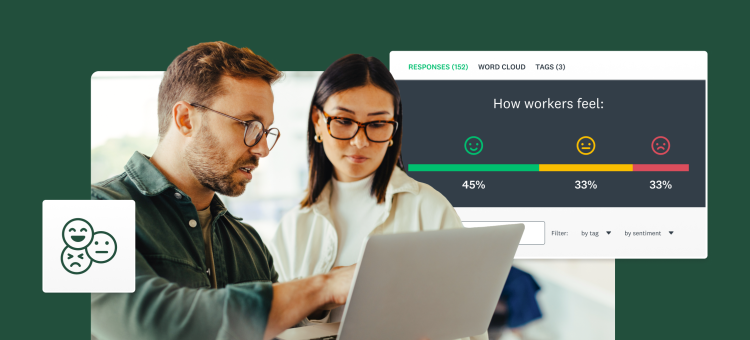In the battle of Lyft vs Uber, the race toward profitability has been anything but smooth.
Despite the growing popularity of both ride-hailing apps, neither company has been able to fully swallow the competition. While—at the moment—market leader Uber, has a 3-year head start, constant scandals have elevated Lyft to new heights.
We were curious about ride-hailing apps and about the way people both perceive and use Lyft vs Uber. So we reached out to roughly 800 Uber and Lyft users using SurveyMonkey Audience. The results tell us that even though both apps deliver excellent user experiences, people tend to choose one or the other based on cost and company reputation.
Increase the power of your brand
You can’t improve what you don’t measure. Start tracking your key brand metrics today with SurveyMonkey Audience.
People like to use both Uber and Lyft
Great news! Both Uber and Lyft users are overwhelmingly satisfied with their ride-hailing app of choice. Less than 2% of users switch apps because of poor functionality, even though 89% say app functionality is extremely or very important.
Both the Uber and Lyft apps deliver an excellent user experience to their customers. In fact, these experiences are so similar that we see 1 in 5 Uber and Lyft users overlap.
Key statistics:
- Users don’t notice significant differences in application functionality for Lyft vs Uber. Only 6% of those who switch apps (or less than 2% of all users) do so because one app worked better than the other.
- 86% of people who use ride-hailing apps use Uber. 32% use Lyft. This represents an overlap of approximately 20% between the two ride-hailing apps.
People primarily choose their app based on cost
86% of all users say that the cost of a ride is extremely or very important to them. Some of these savvy users use third-party apps to compare the cost of a ride on Uber and Lyft before they decide which service to ride with.
Younger users care more about cost than older users do. 91% of millennials say the cost of a ride is extremely or very important, versus 80% of those over 65. However, since people under 30 are more than twice as likely to use a ride-hailing app, their preferences should be given more weight.
Almost a third of people who switch ride-hailing apps do so because they find better deals on another app. Users say they care equally about cost and pick-up time, but very few switch apps because they find a faster pick-up time somewhere else. This suggests that, for many users, cost beats convenience.
Key statistics:
- 86% of all users say that the cost of a ride-hailing service is extremely or very important to them. The emphasis on cost decreases with age. 91% of millennials say cost is extremely or very important, but only 80% of people over 65 agree.
- 29% of users who switch primary ride-hailing apps (or 7% of all users) do so because they find better deals on another app. This number remains steady across all age groups.
Company reputation really does affect use...to a point
With all the bad press Uber has had this year, it not surprising that some people are ready to jump ship. Almost a quarter of all users have switched their primary ride-hailing app at some point, and a third of users switch because they’ve heard something good or bad about a particular app.
Interestingly, older users say they care more about company reputation, but still overwhelmingly prefer Uber over Lyft. While 86% of people over 65 say company reputation is extremely or very important, 83% of them use Uber. People over 65 are much less likely to use Lyft and much less likely to switch apps based on company reputation.
Millennials aren’t super worried about company reputation either. Just 69% of millennials say company reputation is extremely or very important to them, the lowest of any age group. This ambivalence could help explain how, despite the numerous scandals, Uber grew its revenue this year. Of course, Lyft grew more this year.
Key statistics:
- 24% of ride-hailing app users have switched their primary app at some point. 31% of people who switch ride-hailing apps (or 7% of all users) switch apps based on company reputation. That’s the same amount that switches based on cost.
- Users over 65 put a greater emphasis on company reputation than younger users do. 86% of those over 65 say reputation is extremely or very important to them, versus just 76% of all users and 69% of millennials.
- Only 18% of users who are over 65 use Lyft versus 32% of all users. In addition, half of those over 65 who use Lyft still use Uber more frequently.
While the battle between Lyft vs Uber has sprouted some sour grapes in the last year, the conflict has overall been beneficial for the people who use ride-hailing apps. Fierce competition has kept costs low and, this year especially, held the apps accountable for their company reputation.
Create your own stories based on data
Our content marketing guide will teach you everything you need to know about creating content based on original research from survey data.



